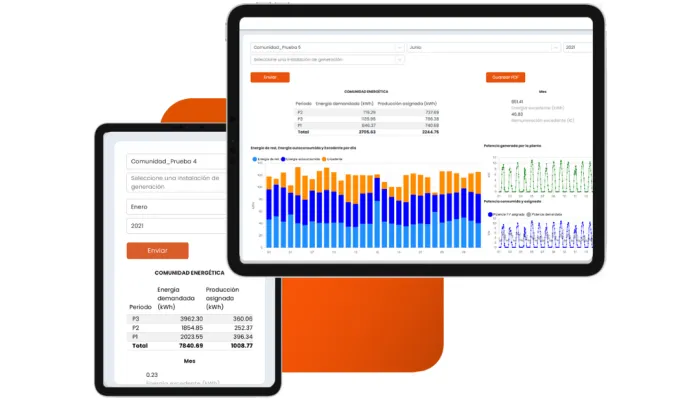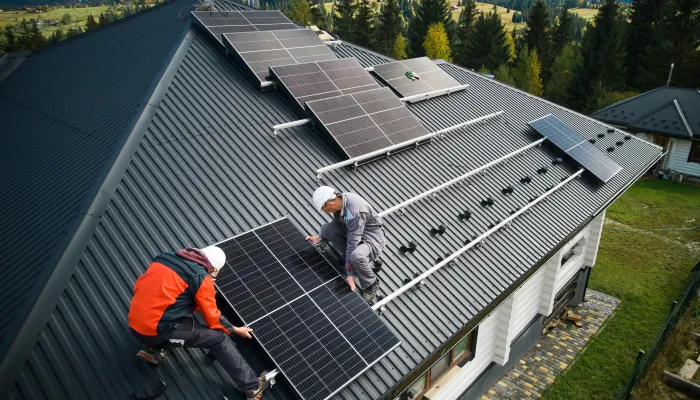The power of data in repowering: more is not always better

No, more information is not always better, especially if you don't know what to do with it. We often feel like we have an overwhelming amount of information, but: What do we do with it? How do we choose the most relevant data? How can we be sure of its reliability?
And perhaps one of the most important aspects, how do we make decisions based on it?
In the business world, the power of data is gaining unprecedented importance. Organizations are increasingly aware of the need not just to store, but to manage the vast amounts of data they use every day.
The question now is not how to store information, but how to give it value. In the wind energy sector, obtaining information is an endemic challenge; gathering all the data about the site, the turbines, the wind, and the operation is a marathon task. Moreover, to truly harness the 'power of data,' it's crucial to know how to work with and interpret it correctly.

The power of data becomes especially relevant when repowering wind farms, as it is essential to know all the resource data and how the turbines perform at the site to carry it out correctly.
But that's not all.
These data must be combined appropriately to predict the performance that the changes will generate, minimize investment uncertainty, and ultimately make the best possible decisions.
What will be the impact on the entire wind farm if I decide to change one turbine? What if a new technology is added? What would be the available grid power at different wind speeds throughout the day? What happens if storage is included?
These are questions we can solve at CIRCE, at a particularly critical time when around 10,000 MW of wind farms are already over 20 years old.
What is repowering?
Repowering a wind farm involves replacing older, less powerful, and less efficient turbines with new equipment that has greater capacity and performance, allowing for increased utilization of the wind resource. In this way, repowering becomes a strategy to give a second life to the resource with less environmental impact, lower maintenance costs, and higher revenues.
How can I anticipate my wind farm's needs?
A large amount of data for conducting a comprehensive energy assessment study may not be the best solution if it is influenced by the existing turbines or if measurement conditions have changed over time.
A shorter period might be valid if the assessment is enriched by including all the knowledge acquired during the operation of the existing wind farm, which would allow for more accurate estimation of the new project's production, minimizing uncertainties and providing investors and developers with reliable data to develop their projects with the highest guarantees.
If you want to know how to add value to the data you obtain from your wind farm, contact us.







